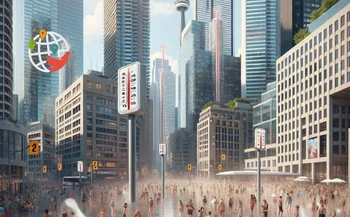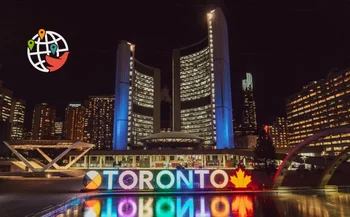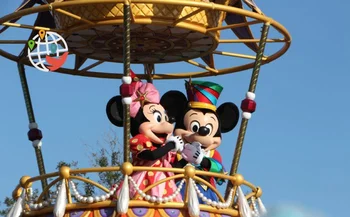Public Transportation in Toronto: A Complete Guide
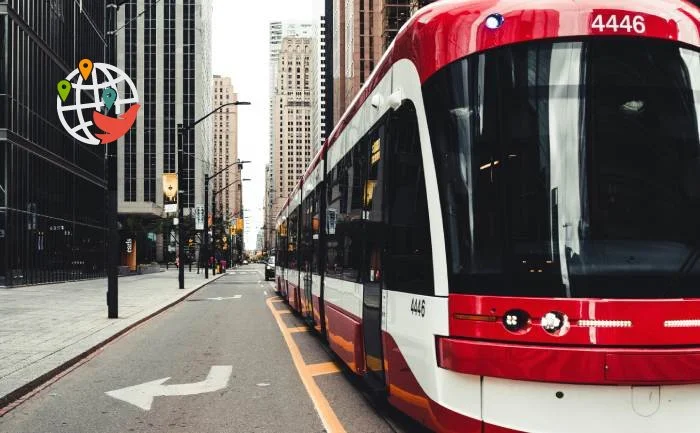
Toronto offers a variety of public transportation options, including payment methods and fares, along with practical advice for both tourists and city dwellers.
Toronto is Canada's largest city and one of North America's most popular tourist destinations. The city offers numerous transportation options for locals and visitors: subways, buses, streetcars, bicycles, and even ferries. The public transit system, operated by the Toronto Transit Commission (TTC), is the third-largest in North America, known for its simplicity and convenience.
Main Types of Transportation in Toronto
Toronto provides various ways to get around that suit everyone, whether a local resident or a tourist. Here's a brief overview of the main types of transportation:
Subway
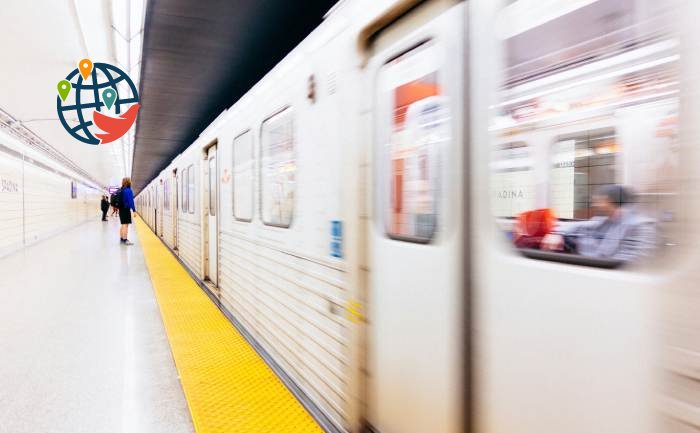
Toronto's subway is one of the fastest ways to move around the city. The system includes four lines: Yonge-University, Bloor-Danforth, Scarborough, and Sheppard. New lines are currently under construction: Eglinton Crosstown and Finch West. Trains run every 5-6 minutes, making trip planning convenient.
The subway operates daily from 6 AM to 2 AM (from 8 AM on Sundays).
Buses
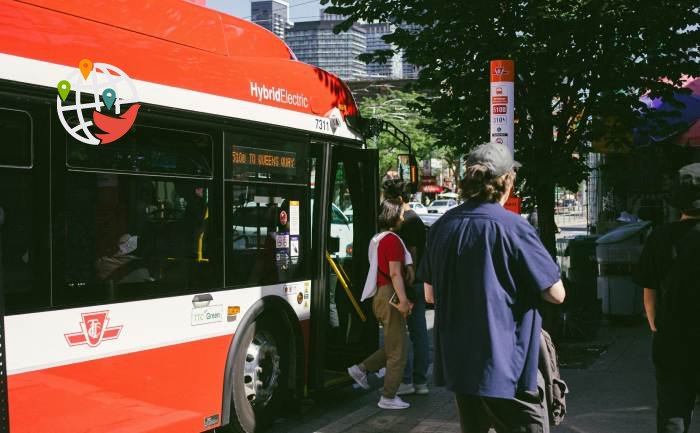
Toronto's bus network is an excellent way to reach places not served by the subway. Buses run from 6 AM to 1 AM on weekdays and Saturdays, and from 8 AM to 1 AM on Sundays.
The Blue Night Network operates from 1:30 AM to 5:30 AM, allowing for 24-hour city travel.
Streetcars
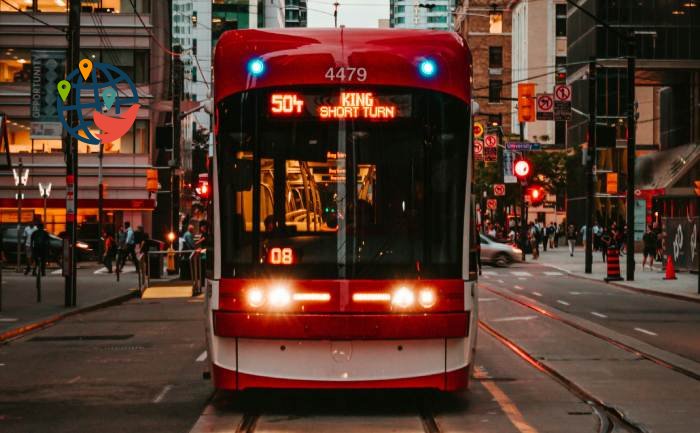
Streetcars in Toronto are one of the most comfortable forms of public transport, especially for getting around downtown. Streetcar lines provide quick and efficient access to most key attractions and offer more spacious and smooth rides compared to buses. The city has 13 streetcar routes, eight of which operate 24/7. There are also four night routes as part of the Blue Night Network.
Schedules and routes for subways, buses, and streetcars can be found on the TTC public transit system website. Keep in mind that schedules may differ on holidays.
Ferry
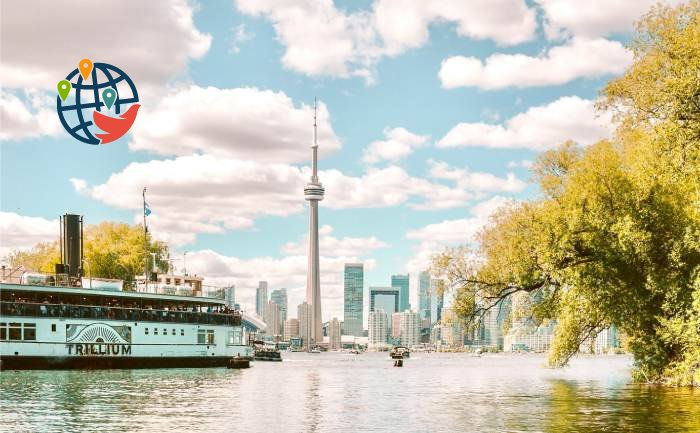
Toronto's ferry service provides access to the Toronto Islands, where you can enjoy nature and relaxation away from the city bustle. Ferries depart from the Jack Layton Ferry Terminal and go to three main islands: Centre Island, Hanlan's Point, and Ward's Island. Ferry tickets cost $9.11 CAD (~$6.5 USD) for adults, $5.86 CAD (~$4.5 USD) for seniors and youth, and $4.29 CAD (~$3 USD) for children aged 2-14. Ferry tickets can be purchased online, and you can check the current schedule on the city's website.
Taxis and Ride-Hailing Apps
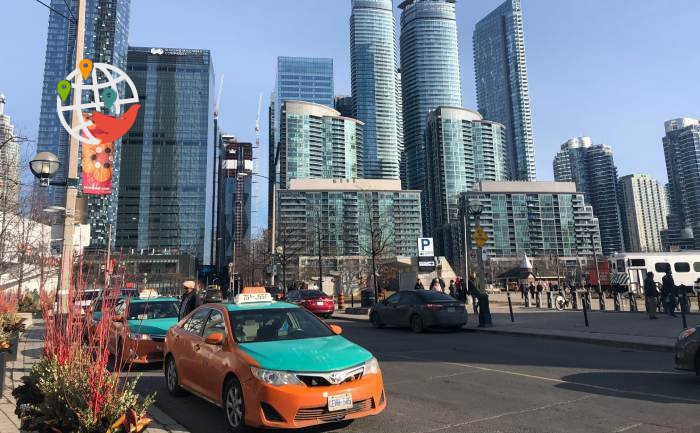
Taxi services are widely available in Toronto and can be hailed on the street or through apps.
Street taxi fares in Toronto are based on meter readings, which start when you enter and calculate the price based on distance traveled and time. While base rates are fixed, they can add up quickly, especially during rush hours when traffic slows down the journey.
Many passengers prefer using Uber or Lyft instead of taxis, as they can be cheaper and more convenient, especially when ordered through an app. However, during high-demand periods like rush hours, events, or bad weather, Uber and Lyft use surge pricing. This means the ride price can increase sharply due to high demand and limited available cars.
Bicycles
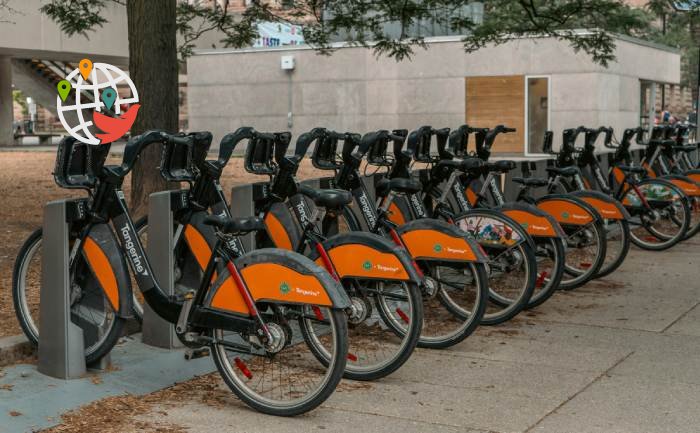
Toronto actively promotes cycling culture. The Bike Share Toronto program provides access to over 7,100 bicycles and 680 stations across the city. Bike rental costs $3.25 CAD (~$2.5 USD) for 30 minutes, while a day pass for bikes costs $7 CAD (~$5 USD). Bike lanes are widespread throughout the city, making this mode of transport not only convenient but also environmentally friendly.
Fares and Payment Methods: Options and Features

Toronto offers several fare payment options, with the PRESTO system being the main one for all types of public transport. PRESTO is an electronic card that allows for convenient payment and offers discounts when transferring between different modes of transport.
Single Tickets and PRESTO Cards
A single ride on the subway, bus, or streetcar costs $3.35 CAD (~$2.5 USD) for adults, $2.40 CAD (~$1.8 USD) for youth 13-19, and $2.30 CAD (~$1.7 USD) for seniors 65+. Using a PRESTO card, the fare is slightly lower — $3.30 CAD (~$2.4 USD) for adults, $2.35 CAD (~$1.7 USD) for youth, and $2.25 CAD (~$1.65 USD) for seniors. One-day PRESTO tickets are also available for $13.50 CAD (~$10 USD), offering unlimited rides throughout the day.
Additionally, the TTC system offers a two-hour free transfer: after paying for a ride with a PRESTO card or bank card, you can transfer between different types of transport within two hours at no extra cost.
Monthly Passes
For those planning to use transport regularly, monthly passes are available. The cost of a standard monthly pass is $156 CAD (~$115 USD) for adults and $128.15 CAD (~$95 USD) for youth and seniors. There's also a 12-month contract option that offers savings on the monthly pass — with this option, the monthly payment is $143 CAD (~$105 USD) for adults and $117.45 CAD (~$86 USD) for youth and seniors.
Passes can be purchased anytime from the last 12 days of the current month until the 8th day of the following month. To buy passes at discounted rates for youth, seniors, or students, you need to verify your age or status with documents at any Shoppers Drug Mart store or TTC Customer Service Centre.
Where to Get a PRESTO Card
You can buy a PRESTO card for $4 CAD (about $3 USD) from ticket vending machines at subway stations, Shoppers Drug Mart stores, or online at prestocard.ca. You can also use a digital PRESTO card in Google Wallet or Apple Wallet for contactless payments.
Accessibility for People with Disabilities
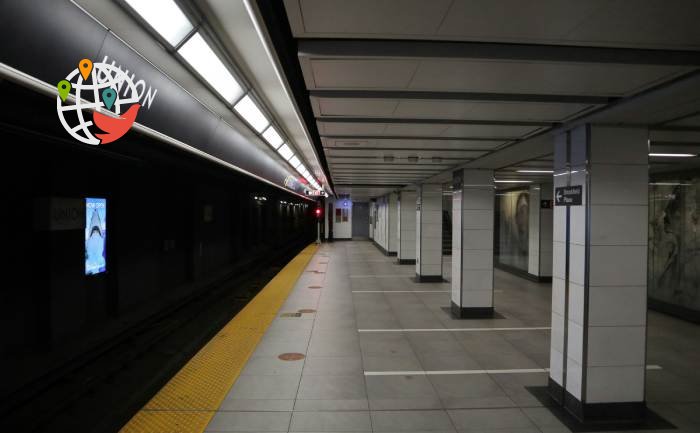
Toronto's public transport system is designed with accessibility in mind. TTC offers Wheel-Trans, a specialized service for passengers who use mobility devices. Most subway stations and streetcar stops are also equipped for passengers with disabilities. These stations display the international symbol of accessibility, making city travel safe and convenient for everyone.
The TTC website provides specific information about accessible routes and stations, allowing passengers with disabilities to plan their trips in advance.
Travel Planning Tips
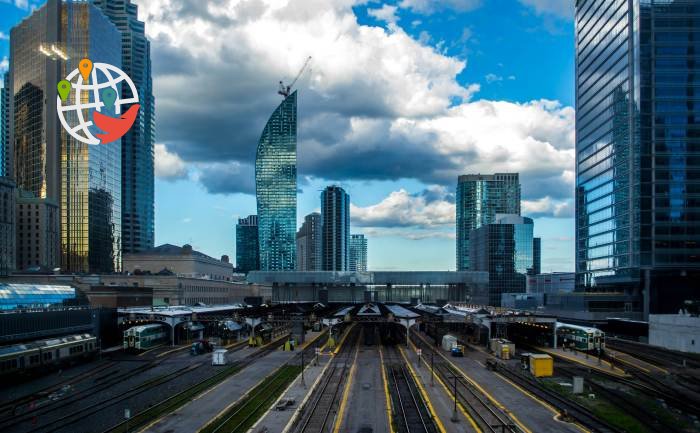
When planning your trip, keep in mind Toronto's rush hours. Roads and subways can get very busy from 7 to 9 AM and 4 to 6 PM. Plan ahead and allow extra time for potential delays. For longer trips or to avoid traffic, consider using the subway or GO Transit commuter trains.
To plan your route through the city, you can use the Trip Planner tool on the TTC website. For trips around Greater Toronto, Triplinx is a handy option.
Airport Connections
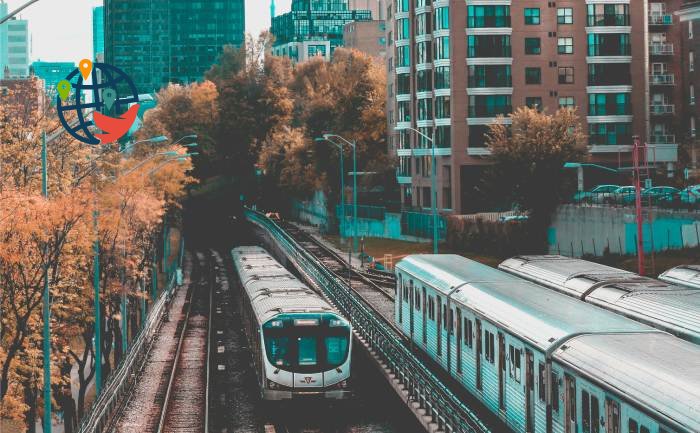
Toronto is served by two major airports: Pearson International Airport and Billy Bishop Airport. To get to Pearson Airport, you can take the UP Express train from Union Station. It runs every 15 minutes, and the journey takes just 25 minutes. The fare is about 12.35 CAD, depending on the ticket type. For Billy Bishop Airport, located on an island near downtown, you can use TTC buses and streetcars.

